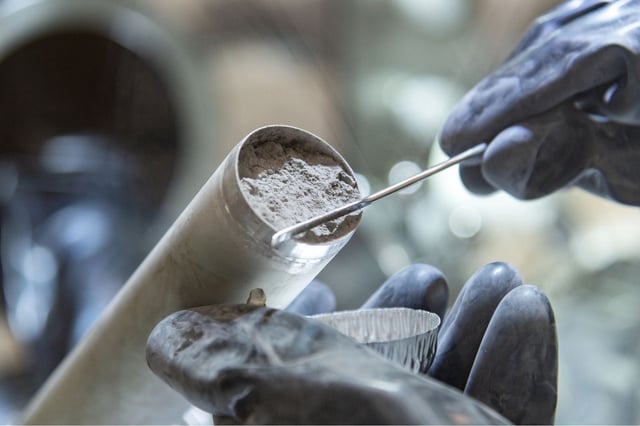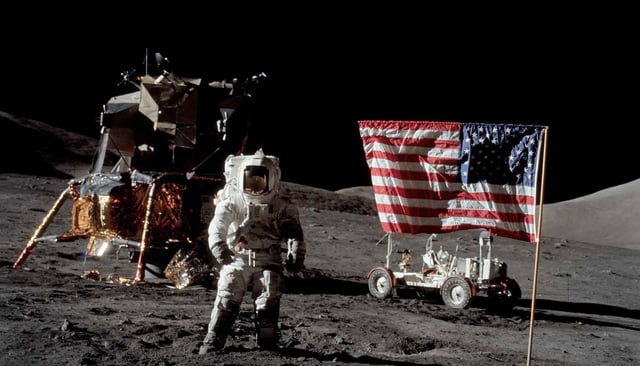Overview
- Brown University researchers report the finding in JGR: Planets after using secondary ion mass spectrometry to measure sulfur isotopes.
- The analyzed material came from an Apollo 17 double drive tube collected at Taurus-Littrow and preserved in a helium chamber under NASA’s ANGSA program.
- Volcanic sulfur in the sample is highly depleted in sulfur‑33, diverging strongly from isotope ratios seen in terrestrial sulfur.
- The team outlines a scenario involving UV-driven reactions in a short‑lived, optically thin early lunar atmosphere, which would imply ancient surface‑to‑mantle exchange on the Moon.
- An origin tied to material from Theia remains plausible, and the authors call for broader isotope comparisons, including Mars samples, to distinguish between the hypotheses.



